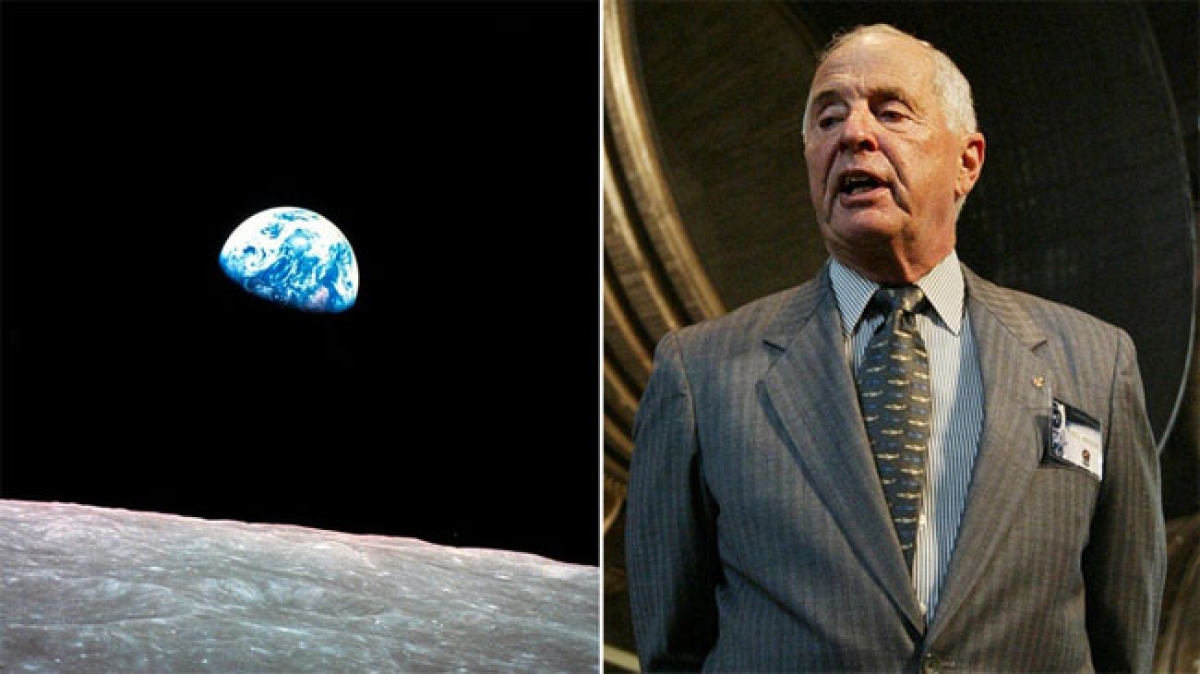William Anders, the Apollo 8 astronaut famed for capturing the iconic “Earthrise” photo, died on Friday when his plane crashed into the waters off the San Juan Islands in Washington state. He was 90.
His son, retired Air Force Lt. Col. Greg Anders, confirmed his father's death. “The family is devastated,” he said. “He was a great pilot and we will miss him terribly.”
Anders, a retired major general, is best remembered for his photograph of Earth from space during the Apollo 8 mission in 1968. This image is credited with sparking the global environmental movement by highlighting Earth’s fragility and isolation.
NASA Administrator Bill Nelson lauded Anders for his contributions to space exploration. “He traveled to the threshold of the Moon and helped all of us see something else: ourselves,” Nelson said on social platform X.
Anders took the photo during Apollo 8's fourth orbit of the moon, using color film to capture Earth’s rise above the lunar surface. The mission was the first human spaceflight to leave low-Earth orbit and travel to the moon and back, setting the stage for the Apollo moon landing seven months later.
Arizona Sen. Mark Kelly, also a retired NASA astronaut, said Anders' photo forever changed humanity's perspective of the planet. “He inspired me and generations of astronauts and explorers,” Kelly wrote on X.
The crash was reported around 11:40 a.m. near Jones Island. Anders was piloting a Beech A45 airplane alone when it sank into the water. The National Transportation Safety Board and FAA are investigating.
Born on October 17, 1933, in Hong Kong, Anders served as a fighter pilot and later held significant roles, including on the Atomic Energy Commission and as ambassador to Norway. He and his wife, Valerie, founded the Heritage Flight Museum in Washington state.According to biography on museum website, They have six children, and 13 grandchildren.










